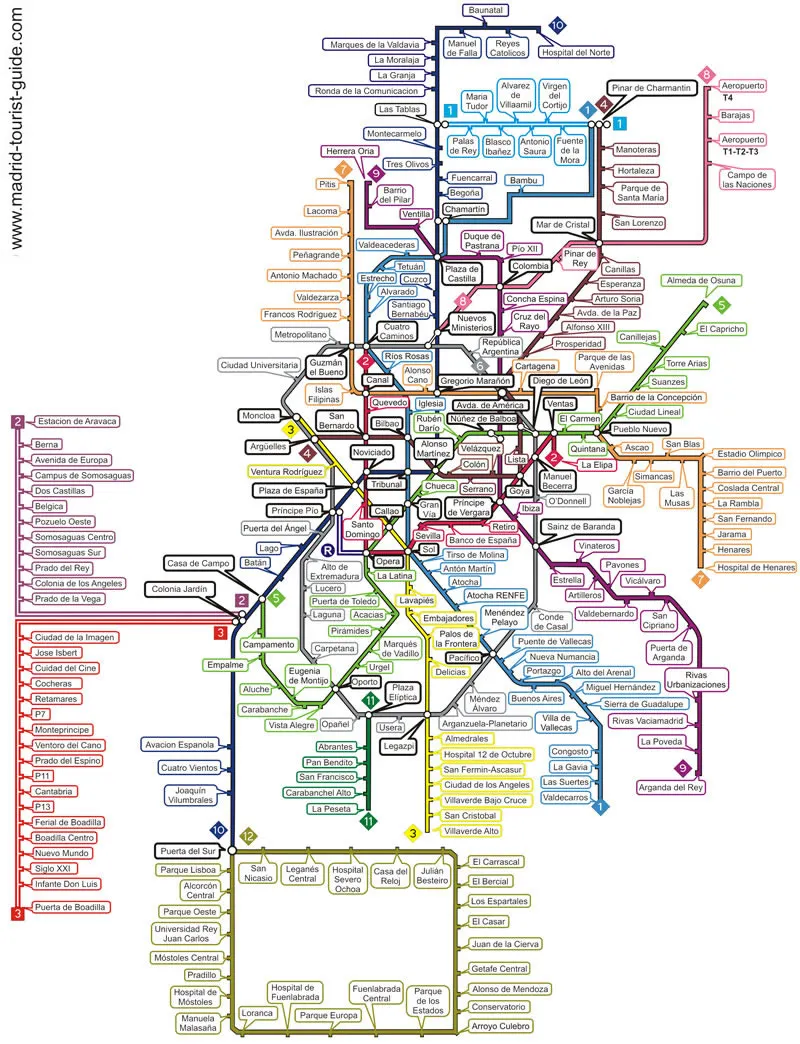Two and a half years ago I landed in Madrid’s Barajas International Airport. I walked out of the gate, collected my luggage, and looked around. I knew I wanted to get on the subway and make my way over to my hostel so I walked over to a map of the subway.

I was lost!
I quickly found an information desk, waited for the person in front of me to finish talking to the attendant, and asked her the best route to the hostel I was staying at. She brightened and said the guy she was just talking to was going to the same hostel. He was looking at a map of the subway a couple of steps from me so I introduced myself and learned that he Venezuelan. He was fluent in both Spanish and English so I felt comfortable following his lead to our hostel.
We still got lost! We became friends though, and learned that we were staying in the same room. Yes, amazingly I’d managed to meet the only person in Madrid that was staying in my dorm room. Imagine the odds!
We had no idea where we were going. Signs were pointing the wrong way, there were seemingly hundreds of levels of platforms, and one wrong move could lead us astray for a good long while!
I still feel lucky we got there in less than an hour but we had no chance of getting there without getting lost. The information architecture was awful.
What is information architecture? Designlab defines it as:
The structural design of information or content.
Since I am a user experience design focused on website optimization I primarily focus on the effects information architecture has in the digital world. Designlab goes onto say:
IA focuses on organizing and labeling websites so that users can best find what there looking for.
Great websites are intuitive. They know what most people are searching for so they provide easy access to it. How hard is it to buy a product off of Amazon? Not hard. Why? The easier Amazon makes it to buy products, the more products people will buy.
Information architecture isn’t just important for sales. It makes every type of website better.
Imagine you write a post on Medium that gets a lot of hits. *cough* *cough* It gets so popular that you decide to update it with a link to your website. Many readers will be intrigued. They’ll click on the link and find themselves on your blog page. You have a limited amount of time to entice them to read more of your content so you decide to put a “most popular posts” widget at the top of your page. Now, people who click on the link will be directed to a page with your best content.
By altering the information architecture of your site you’ve almost surely gotten people to stay on your site longer and bolstered your email list! This is just a small sample of what examining the information architecture of your site can do for you.